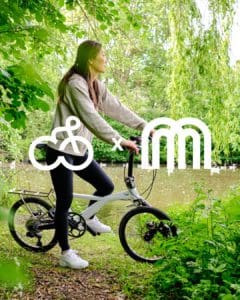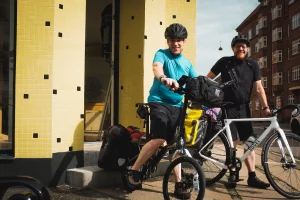Cycling to work
12.02.2024
One of our recurring themes here at Coh&Co is commuting. We love to ride and we love to take a roll on the weekends, but it is in everyday life that bikes get under your skin. Getting up in the morning and juggling the kids out the door to climb into the family VeloSled where they can finish breakfast as you discuss school or afternoon plans. Enjoying the wind in your hair as you soar through town and even getting to the top of that irritating hill before the final stretch to the office are all seasoning on a daily commute. Quality time with kids, getting off the train to unfold your folding bike and zip off the final kilometer or two are all quality moments that invigorate.
Riding a bicycle to work has many social and health benefits. Cycle commuting gets you up and on your way with exercise, lowers the risk of heart disease, helps slim the waistline, and other diseases linked to a sedentary lifestyle. By lowering stress and producing endorphins, cycling also improves mental health. Eurostat tells us that cyclists have on average 15% fewer sick days than those who drive or take public transport. Put this together with kids and a cargo bike and it lets parents spend more time with their kids, encourages an active lifestyle from a young age, and lessens pollution and traffic jams. Cycling improves social, environmental, and personal health, enhancing individual and community well-being.
Electric assistance
For some, the distance to work may seem daunting for traditional cycling. Commuters coming into the city from the suburbs may feel the ride is too far and coming from a town further afield may make a bike commute seem completely unrealistic. However, e-bikes have changed all of that and what was once an athletic feat to commute from the ‘burbs to midtown has become accessible for the rest of us. Extending the commuting range with an e-bike revolutionises urban travel. Electric assistance makes longer distances manageable for more riders, overcoming barriers like distance, hills and fatigue. Not only does this bring you an opportunity to lower your carbon footprint but it does so giving you time to get some fresh air and exercise – quality time with your thoughts and the world around you.
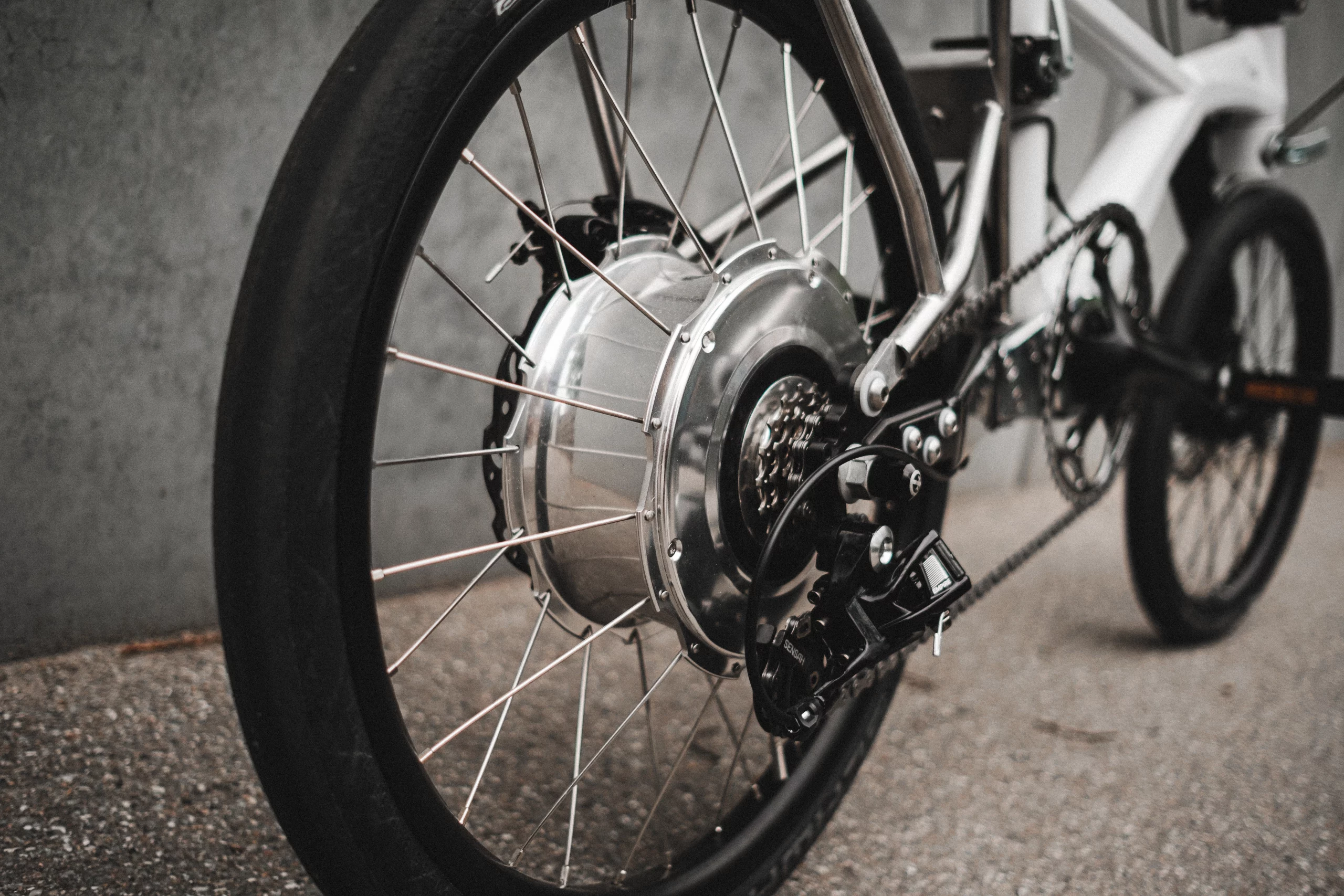
Combining modes of transportation
For those coming into town from the countryside (or vice versa), public transit, like trains, further extends the commuting range. Combining the train with a bike commute provides a versatile and efficient transportation solution – a balance of fitness and fun instead of sitting behind the wheel in traffic. Multimodal commuting with a bike allows you to cover longer distances without relying on a car and often without considerably extending the time needed. Last spring, I had a period where I had a 120-kilometer commute and it took me about an hour and 20 minutes by car and an hour and 35 minutes by train and bicycle – 40 minutes of which were spent having fun and exercising and 55 minutes of which were spent reading or working on my laptop. By using a bike for the first and last few kilometers to and from the train station, you can avoid traffic congestion, “road rage” and parking hassles while incorporating physical activity into your daily routine. This hybrid approach promotes sustainable travel, reducing carbon emissions and alleviating urban congestion while giving you more time for yourself.
Choosing the right bike
When considering commuting with a bicycle, it’s a good idea to think about what sort of bike and what sort of kit you will need to make this as convenient as possible. Let’s face it, getting stuck on the side of the road pushing a bike with a flat is about as much fun as sitting on the side of the motorway with a car that has run dry.
Firstly, take a moment to think about your route. Will you be riding straight into work, or will you be riding into the local train station and then riding the last few kilometres from the station when you get off the train in town? Will you be taking the kids to school on the way and shopping on your way home? You’ll need to choose a bicycle that suits your needs for both commuting and integrating with other modes of transportation. Folding bikes, like Coh&Co’s Siggi, are particularly useful if space is limited on public transport or at your destination – you can even keep an eye on it and charge it folded up next to your desk.
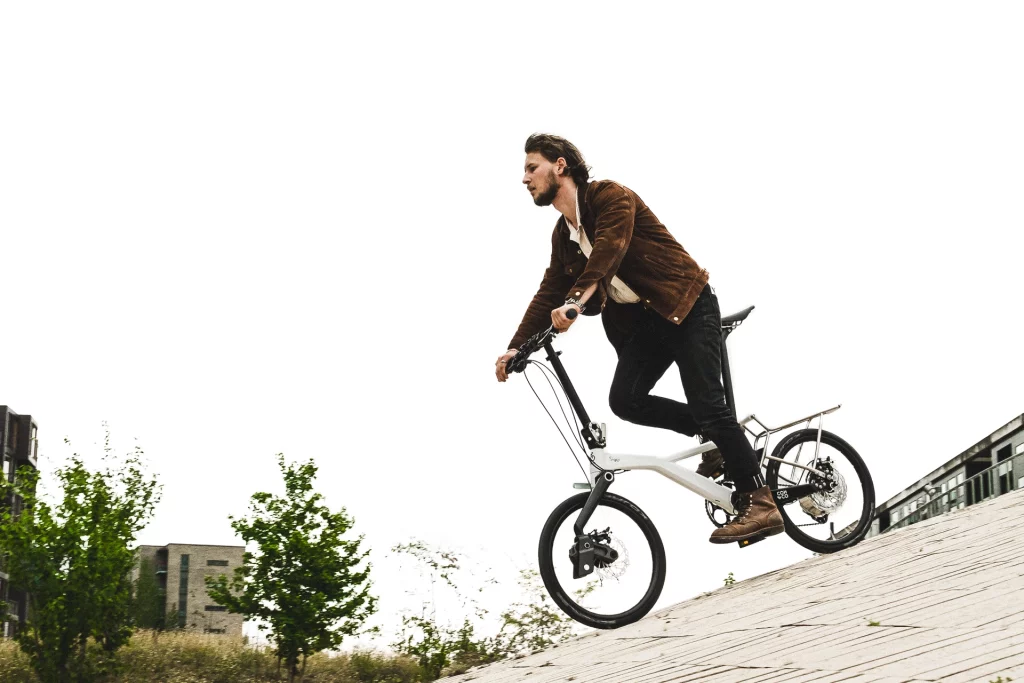
Essential items for a smooth commute
Carry essential items such as a change of clothes, work documents, and personal items in panniers, saddlebags or a backpack. We have some great backpacks made by RedRebane in Germany and they convert instantly from Pannier to backpack doing a great job at both! Additionally, it’s important to have a basic repair kit and tools on hand for minor adjustments or repairs on the go, including a multi-tool, spare inner tubes, and a portable, quality mini pump.
You may also want to consider filling some self-sealing fluid into your tyres in case of a lighter puncture, this should take care of sealing the tyre. You could also consider puncture-resistant tyres. A flat tyre really ruins your morning or afternoon plans. No matter what, taking a minute or two to look your bike over daily will help to avoid flats and mechanical failures.
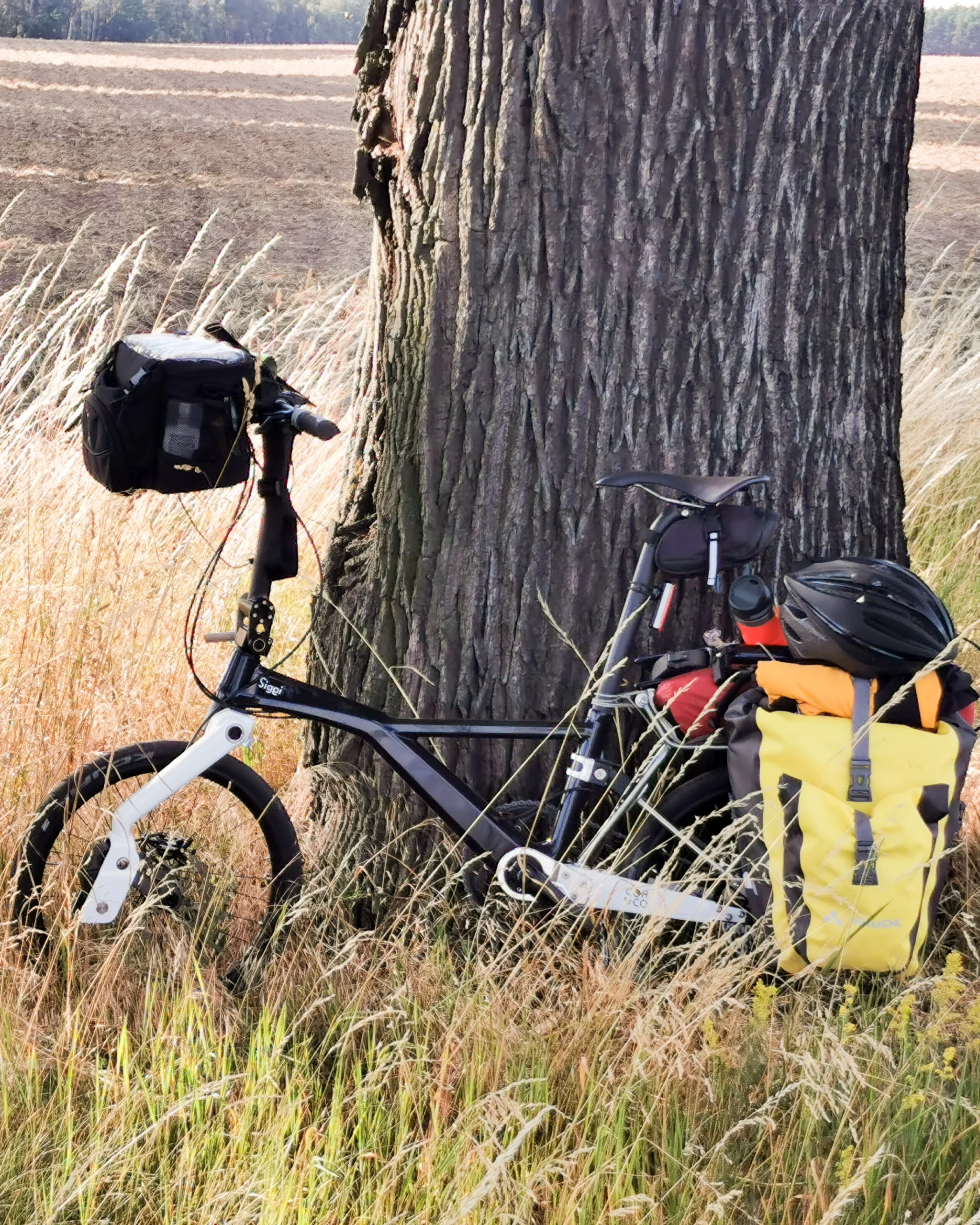
Planning your route
Familiarise yourself with bike-friendly routes and transit schedules in advance to optimise your journey. Using cycling apps or maps to find safe and efficient paths may also make the trip faster, more enjoyable and safer.
Purchasing transit passes or tickets in advance to streamline the transition between biking and public transportation may also make things easier. Finally, practice folding and unfolding a folding bike. This will make it easier to navigate, boarding and onboarding at the train station and to help you become comfortable with the process. Folding a bike smoothly requires familiarising yourself with the procedure and practising until it becomes natural and fluid.
So, no matter what your lifestyle or your daily commute, embracing cycling as a means of commuting and a daily habit is good for you and contributes to improving our urban landscape and a sustainable lifestyle. In short, a compelling choice for commuters seeking a healthier, greener, and more connected way of life. With a little bit of preparation and the proper kit, you can help to ensure that your multimodal commuting experience is safe and enjoyable.




